Home>Gardening & Outdoor>Pool & Spa Care>How To Make A Wooden Hot Tub
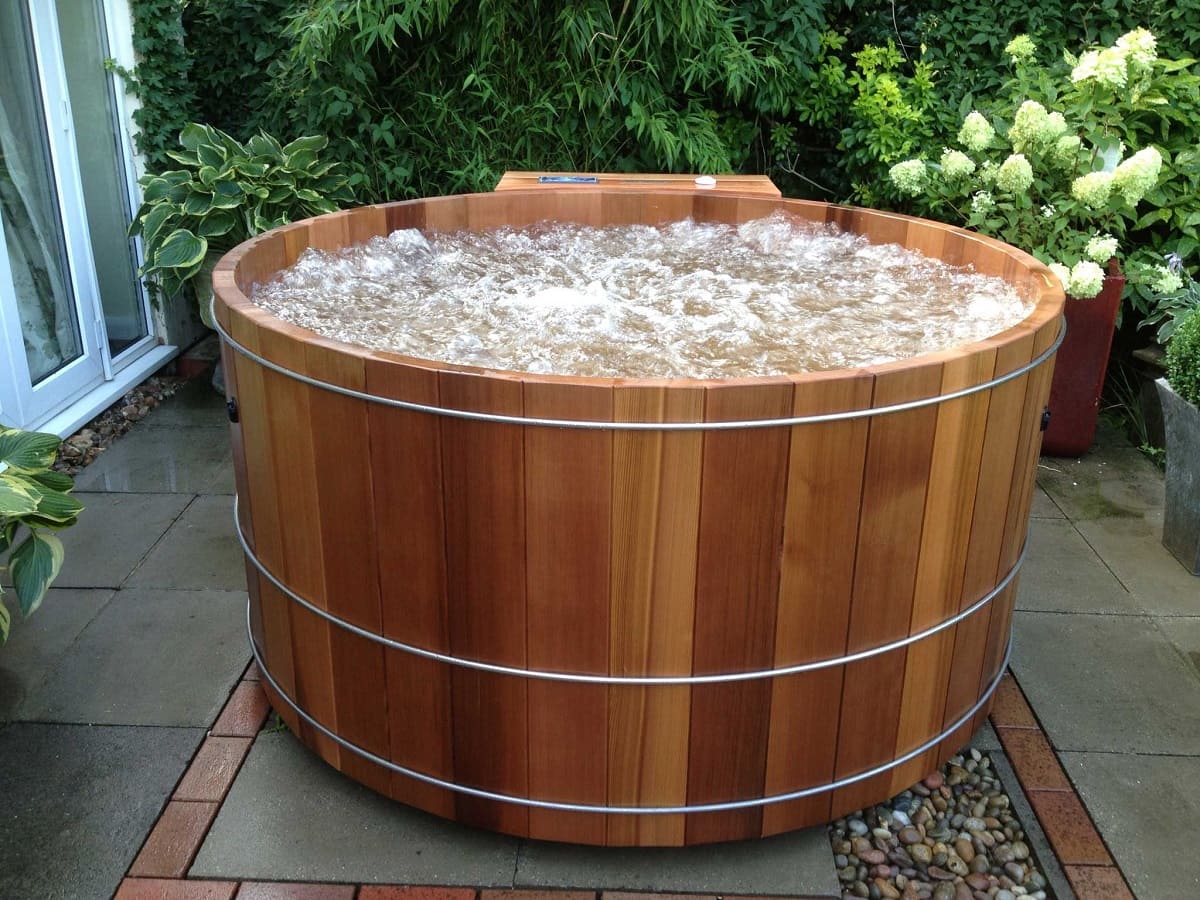

Pool & Spa Care
How To Make A Wooden Hot Tub
Modified: January 6, 2024
Learn how to make a wooden hot tub with our expert pool and spa care guide. Discover the best tips and techniques for building your own relaxing retreat.
(Many of the links in this article redirect to a specific reviewed product. Your purchase of these products through affiliate links helps to generate commission for Storables.com, at no extra cost. Learn more)
Introduction
Welcome to the world of relaxation and luxury – the wooden hot tub. Imagine soaking in a warm, rustic tub nestled in your backyard, surrounded by nature’s beauty. Building your own wooden hot tub can be a rewarding and fulfilling project that brings both leisure and a sense of accomplishment. In this guide, we will delve into the process of creating your very own wooden hot tub, providing you with the knowledge and inspiration to embark on this exciting endeavor.
Whether you’re a seasoned DIY enthusiast or a novice looking for a new challenge, creating a wooden hot tub is an achievable and gratifying project. By following the steps outlined in this guide, you’ll be able to customize your hot tub to suit your specific preferences, ensuring that every soak is a personalized and rejuvenating experience.
So, roll up your sleeves, gather your tools, and let’s embark on this journey to create a beautiful and functional wooden hot tub that will become a cherished centerpiece of relaxation and enjoyment for years to come.
Key Takeaways:
- Building your own wooden hot tub is an achievable and gratifying project, providing a personalized and rejuvenating relaxation experience in your backyard oasis.
- Carefully planning, designing, and maintaining your wooden hot tub ensures years of blissful enjoyment, whether it’s a tranquil solo soak or a convivial gathering with loved ones.
Read more: How To Waterproof A Wooden Hot Tub
Materials and Tools
Before diving into the construction of your wooden hot tub, it’s essential to gather all the necessary materials and tools. The following is a comprehensive list to guide you through the preparation phase:
Materials:
- High-quality, rot-resistant wood such as cedar, redwood, or teak for the tub walls and benches
- Stainless steel or marine-grade aluminum bands to secure the tub walls
- Waterproof membrane or pond liner to prevent leakage
- Wood screws and fasteners
- Insulation for the tub walls and base
- Gravel or a concrete pad for the tub's foundation
- Plumbing fixtures, including a drain and pipes
- Heating system components, such as a wood-fired stove, electric heater, or gas heater
- Finishing materials, such as wood sealant or oil
Tools:
- Measuring tape and level for precise construction
- Saw for cutting the wood to the required dimensions
- Drill and appropriate drill bits for creating holes and securing components
- Screwdriver for assembling the tub walls and benches
- Clamps to hold the wood in place during construction
- Plumbing tools for installing the drainage system
- Insulation materials, such as foam boards or fiberglass, for heat retention
- Safety equipment, including gloves and goggles, for protection during construction
By ensuring that you have all the necessary materials and tools at your disposal, you’ll be well-prepared to commence the construction of your wooden hot tub. With everything in place, you can proceed to the next phase: planning and design.
Planning and Design
Embarking on the construction of a wooden hot tub necessitates careful planning and thoughtful design. Before picking up your tools, take the time to consider the following crucial aspects:
Read more: How To Make A Hot Tub Hotter
Location:
Choose a suitable location for your hot tub, ensuring that it complements your outdoor space and provides easy access to water and electricity if needed. Consider factors such as privacy, sunlight exposure, and proximity to your home for convenience.
Size and Capacity:
Determine the dimensions of your hot tub based on the available space and the number of individuals you intend to accommodate. Whether you’re aiming for an intimate tub for two or a larger one for family and friends, the size and capacity will influence the materials required and the overall design.
Design Elements:
Consider the aesthetic and functional elements you wish to incorporate into your hot tub. This may include built-in seating, ergonomic bench designs, and customized features such as drink holders or integrated steps for easy entry and exit.
Heating Options:
Explore the various heating options available for your hot tub, such as traditional wood-fired stoves, electric heaters, or gas heaters. Each option offers distinct benefits in terms of cost, maintenance, and heating efficiency, so choose the one that best aligns with your preferences and practical considerations.
Read more: How To Make A Hot Tub Cover
Regulatory Compliance:
Check local building codes and regulations to ensure that your hot tub construction adheres to safety and environmental standards. This may involve obtaining permits or consulting with professionals to guarantee compliance with relevant guidelines.
By meticulously planning and designing your wooden hot tub, you’ll lay a solid foundation for a successful and gratifying construction process. With these considerations in mind, you can proceed to the next phase: building the tub.
Building the Tub
With careful planning and a clear design in place, it’s time to roll up your sleeves and commence the construction of your wooden hot tub. Follow these essential steps to bring your vision to life:
Constructing the Walls:
Begin by cutting the chosen wood to the required dimensions for the tub walls. Ensure precision in the measurements to guarantee a snug and secure fit. Assemble the walls using wood screws and fasteners, creating a sturdy and watertight enclosure for the tub.
Securing the Bands:
Apply stainless steel or marine-grade aluminum bands around the exterior of the tub walls to reinforce their structure and prevent expansion under the water’s pressure. This step is crucial for maintaining the tub’s shape and integrity over time.
Read more: How To Make Hot Tub Salt Water
Installing Seating and Benches:
If your design includes built-in seating or benches, carefully install these elements within the tub to provide comfort and functionality. Ensure that the seating is securely attached to the walls and consider incorporating ergonomic designs for added comfort.
Creating the Base:
Prepare a stable and level base for the tub, using gravel or a concrete pad to provide a solid foundation. This foundational support is essential for the structural integrity of the tub and ensures even weight distribution when the tub is filled with water.
Assembling the Drainage System:
Install the necessary plumbing fixtures for the tub’s drainage system, including a drain and pipes to facilitate water circulation and emptying. Proper drainage is vital for maintaining water hygiene and simplifying the maintenance of your hot tub.
By meticulously following these steps, you’ll be well on your way to realizing your wooden hot tub dream. With the tub structure in place, the next phase involves integrating the heating system to ensure that every soak is a blissful and rejuvenating experience.
Adding the Heating System
Integrating a reliable and efficient heating system is a pivotal step in creating a truly inviting and indulgent wooden hot tub. Depending on your preferences and practical considerations, there are various heating options to consider:
Read more: How To Make My Hot Tub Hotter
Wood-Fired Stove:
A traditional and charming choice, a wood-fired stove provides a rustic ambiance and allows you to heat the water using natural and renewable resources. Position the stove adjacent to the tub, ensuring that it is securely installed and ventilated for safe and effective operation.
Electric Heater:
An electric heater offers convenient temperature control and is relatively easy to install. Ensure that the heater is designed for outdoor use and is compatible with the dimensions and water capacity of your wooden hot tub.
Gas Heater:
For efficient and rapid heating, a gas heater is a popular choice. It provides consistent heat and is suitable for larger hot tubs, offering a convenient alternative to traditional heating methods.
Insulation and Heat Retention:
Regardless of the heating system you choose, incorporating insulation into the tub walls and base is essential for heat retention. Use high-quality insulation materials to minimize heat loss and optimize the energy efficiency of your hot tub.
Read more: How To Make A Hot Tub Look Good
Temperature Regulation:
Implement a reliable temperature regulation system to maintain the water at your desired warmth. This may involve installing a thermostat, timer, or control panel to ensure that your hot tub is always ready for a relaxing soak.
By carefully selecting and integrating the heating system that best suits your needs, you’ll ensure that your wooden hot tub offers consistent comfort and an inviting environment for relaxation. With the heating system in place, the next step involves sealing and finishing the tub to enhance its durability and aesthetic appeal.
Sealing and Finishing
After the construction and integration of the heating system, it’s essential to focus on sealing and finishing your wooden hot tub to enhance its longevity, resilience, and visual appeal. The following steps will guide you through this crucial phase:
Sealing the Wood:
Apply a high-quality wood sealant or oil to the interior and exterior surfaces of the tub. This sealing process serves as a protective barrier, safeguarding the wood against moisture, rot, and UV damage. It also enhances the natural beauty of the wood, creating a lustrous and inviting finish.
Waterproofing:
Ensure that all seams, joints, and connections are thoroughly waterproofed to prevent any potential leaks. Use a reliable waterproof membrane or pond liner to reinforce the tub’s water resistance, providing added assurance of a watertight enclosure.
Read more: How To Make A Stock Tank Hot Tub
Finishing Touches:
Consider adding personalized touches to your hot tub, such as decorative trim, custom engravings, or integrated lighting. These finishing touches contribute to the overall ambiance and aesthetic appeal of the tub, creating a truly bespoke and inviting space for relaxation.
Maintenance Guidelines:
Develop a maintenance routine to preserve the condition of your wooden hot tub. This may involve periodic resealing, cleaning the interior surfaces, and inspecting the structural integrity to address any signs of wear or damage promptly.
By meticulously sealing and finishing your wooden hot tub, you’ll ensure that it remains a resilient and captivating feature of your outdoor space for years to come. With the tub now complete, it’s time to revel in the satisfaction of your accomplishment and indulge in the unparalleled pleasure of enjoying your very own wooden hot tub.
Enjoying Your Wooden Hot Tub
Congratulations on completing the construction of your wooden hot tub! Now that this captivating addition to your outdoor space is ready for use, it’s time to savor the relaxation and rejuvenation it offers. Here are some tips for maximizing your enjoyment of your newly built wooden hot tub:
Set the Scene:
Create an inviting ambiance around your hot tub by incorporating elements such as comfortable seating, soft lighting, and lush greenery. Consider adding privacy screens or decorative features to enhance the sense of tranquility and seclusion.
Read more: How To Make Wood Fired Hot Tub
Temperature and Comfort:
Ensure that the water temperature is set to your preference, providing a soothing and therapeutic experience. Keep plush towels and robes nearby for added comfort, and consider placing a small table within reach for refreshments or reading materials.
Relaxation Rituals:
Establish a soothing ritual to accompany your hot tub sessions, whether it involves aromatherapy, gentle music, or mindfulness practices. Embrace the opportunity to unwind and recharge, allowing the warm waters to melt away stress and tension.
Socialize and Unwind:
Invite friends and loved ones to share in the enjoyment of your wooden hot tub, creating memorable gatherings and fostering meaningful connections. Alternatively, relish moments of solitude as you bask in the tranquil atmosphere and starlit skies.
Maintenance and Care:
Adhere to a regular maintenance routine to preserve the pristine condition of your hot tub. This includes monitoring water quality, cleaning the tub surfaces, and attending to any necessary repairs or upkeep to ensure uninterrupted enjoyment.
By embracing these tips and infusing your hot tub experiences with personal touches and mindful relaxation, you’ll unlock the full potential of your wooden hot tub as a cherished retreat within your own home. Whether it’s a serene solo soak or a convivial gathering, your wooden hot tub promises countless moments of bliss and contentment, enriching your lifestyle and well-being.
Frequently Asked Questions about How To Make A Wooden Hot Tub
Was this page helpful?
At Storables.com, we guarantee accurate and reliable information. Our content, validated by Expert Board Contributors, is crafted following stringent Editorial Policies. We're committed to providing you with well-researched, expert-backed insights for all your informational needs.
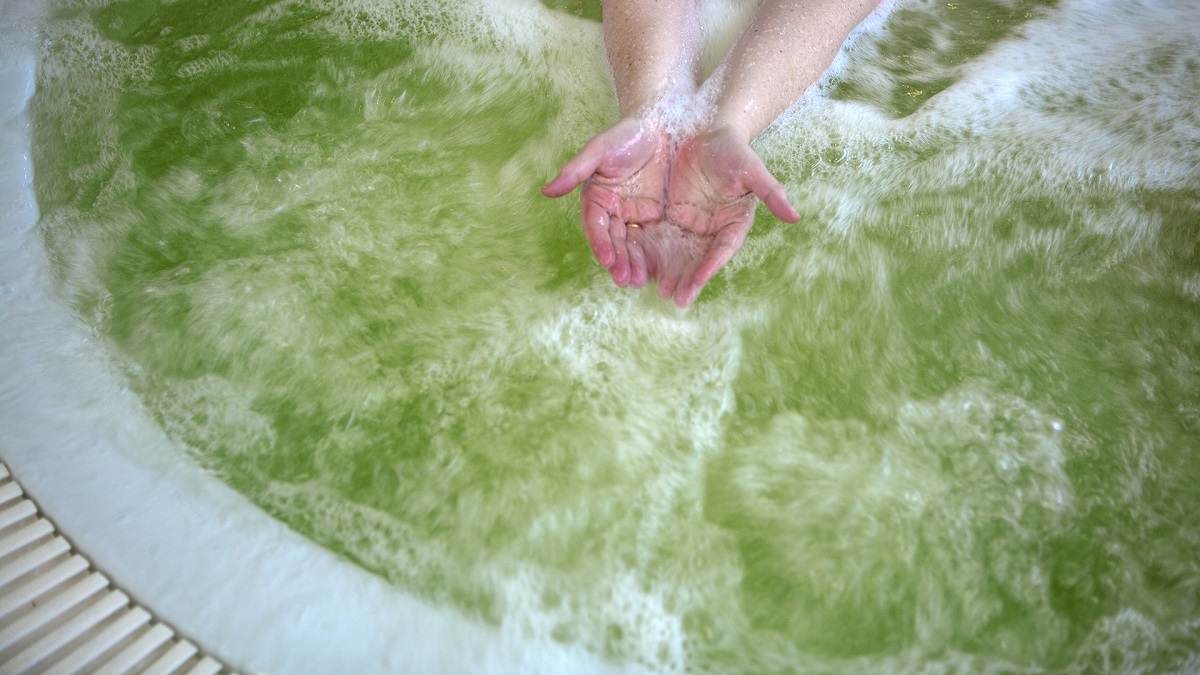
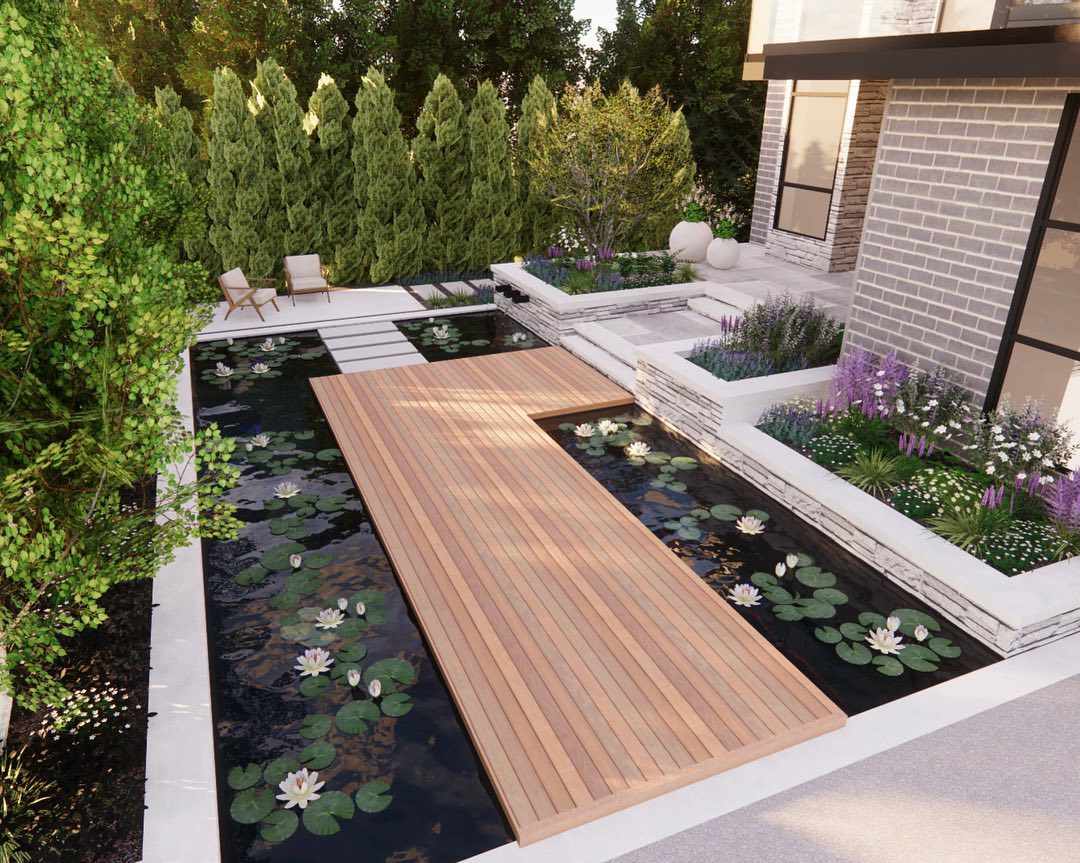
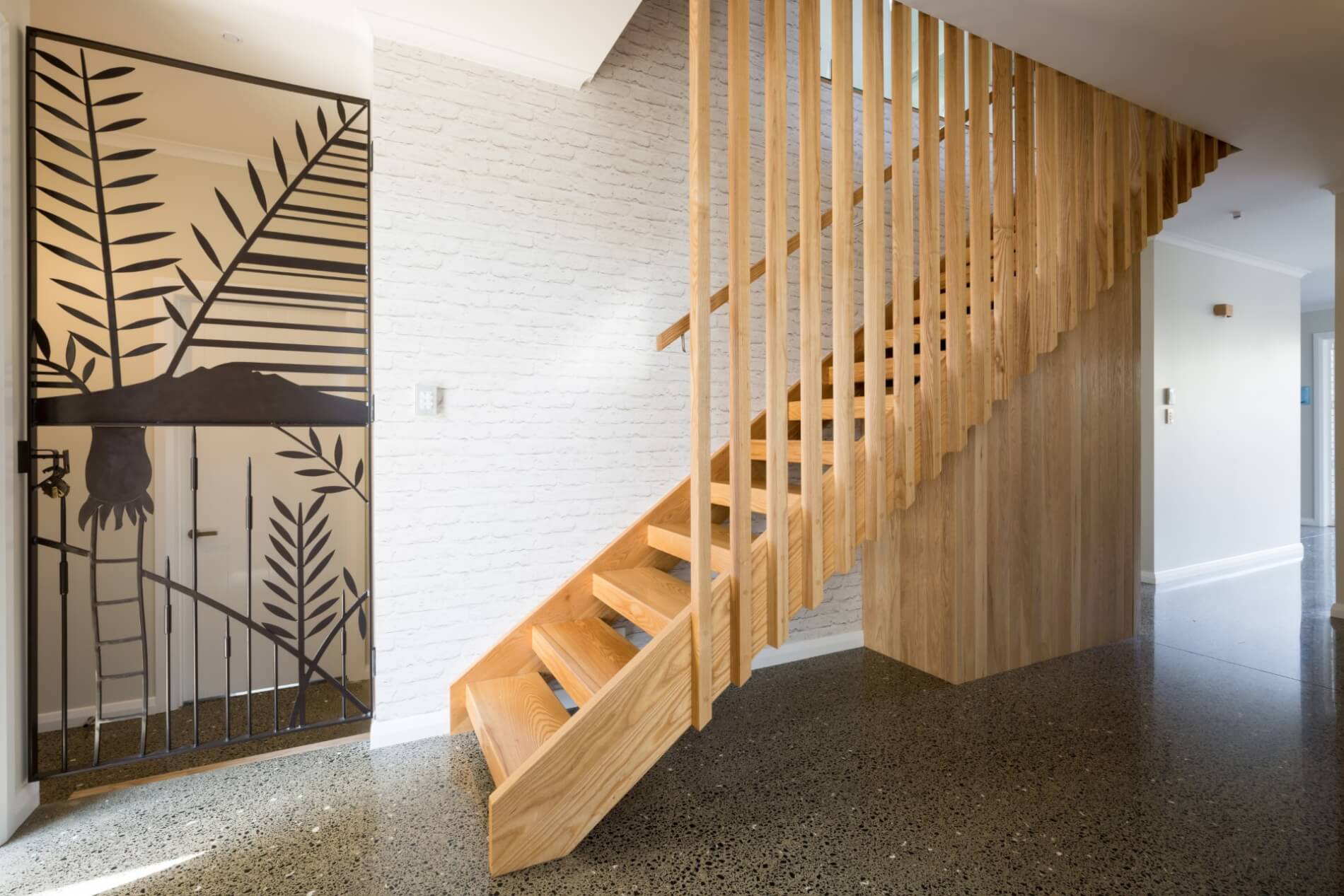
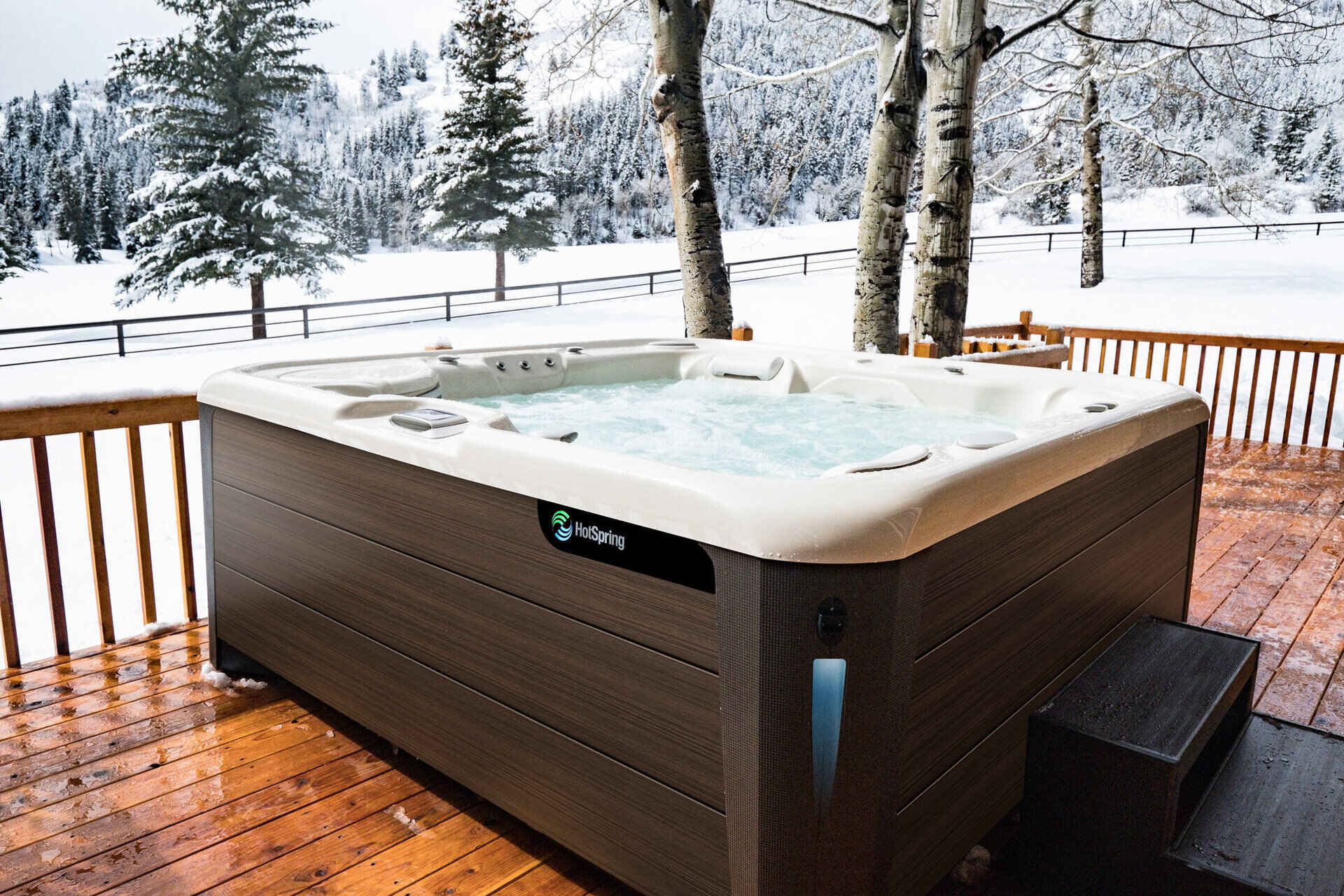
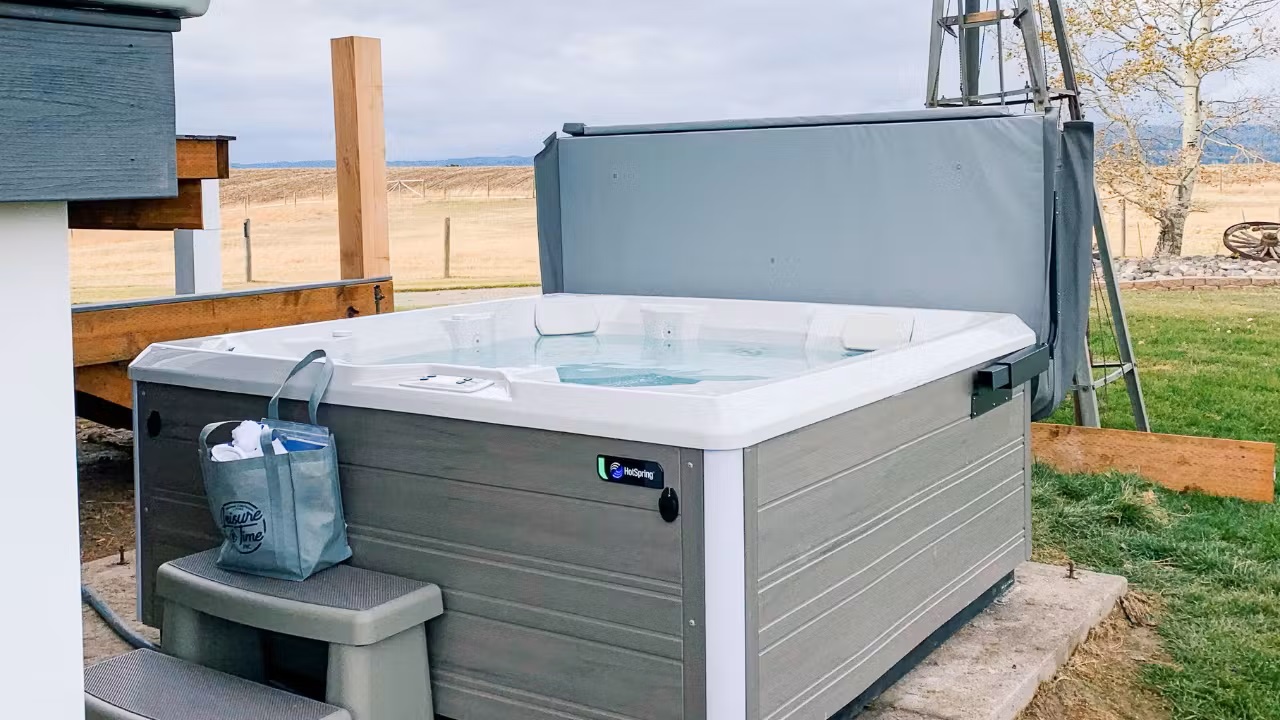
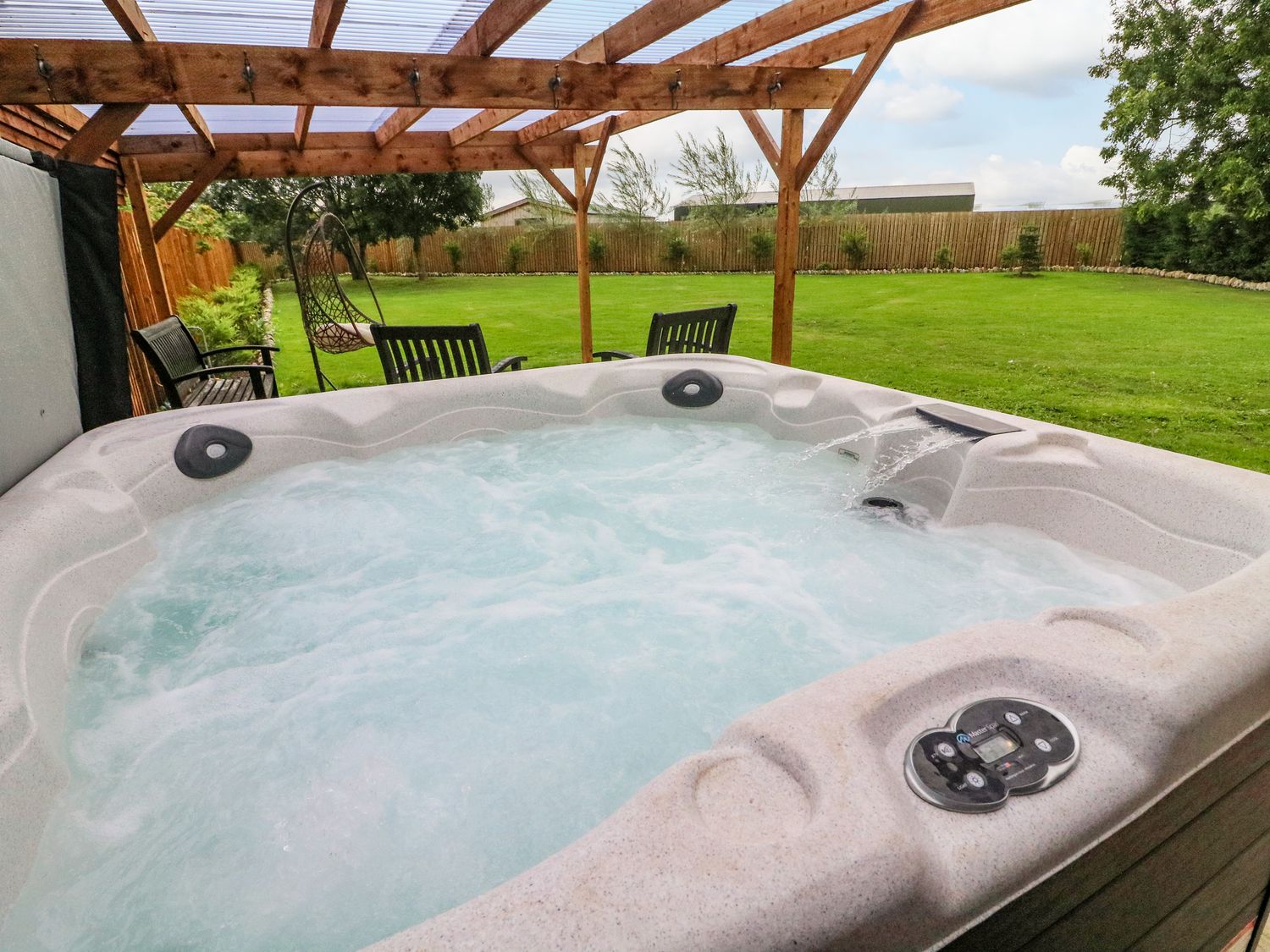
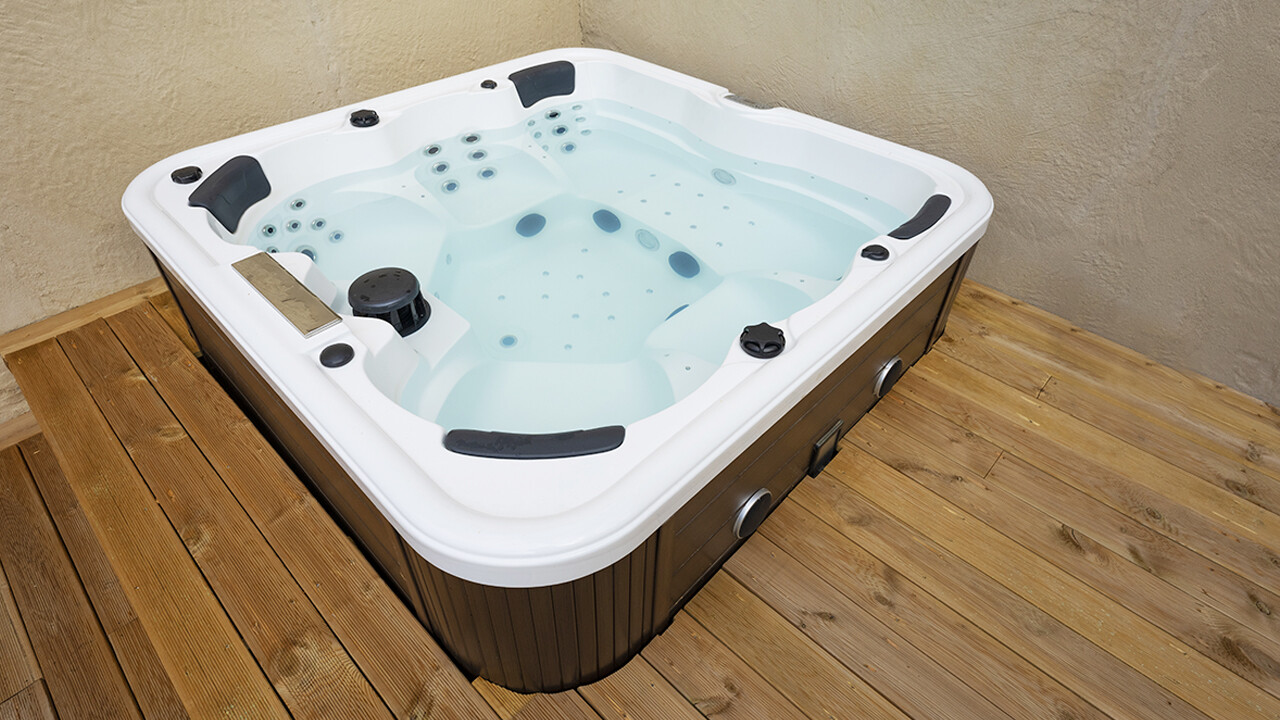
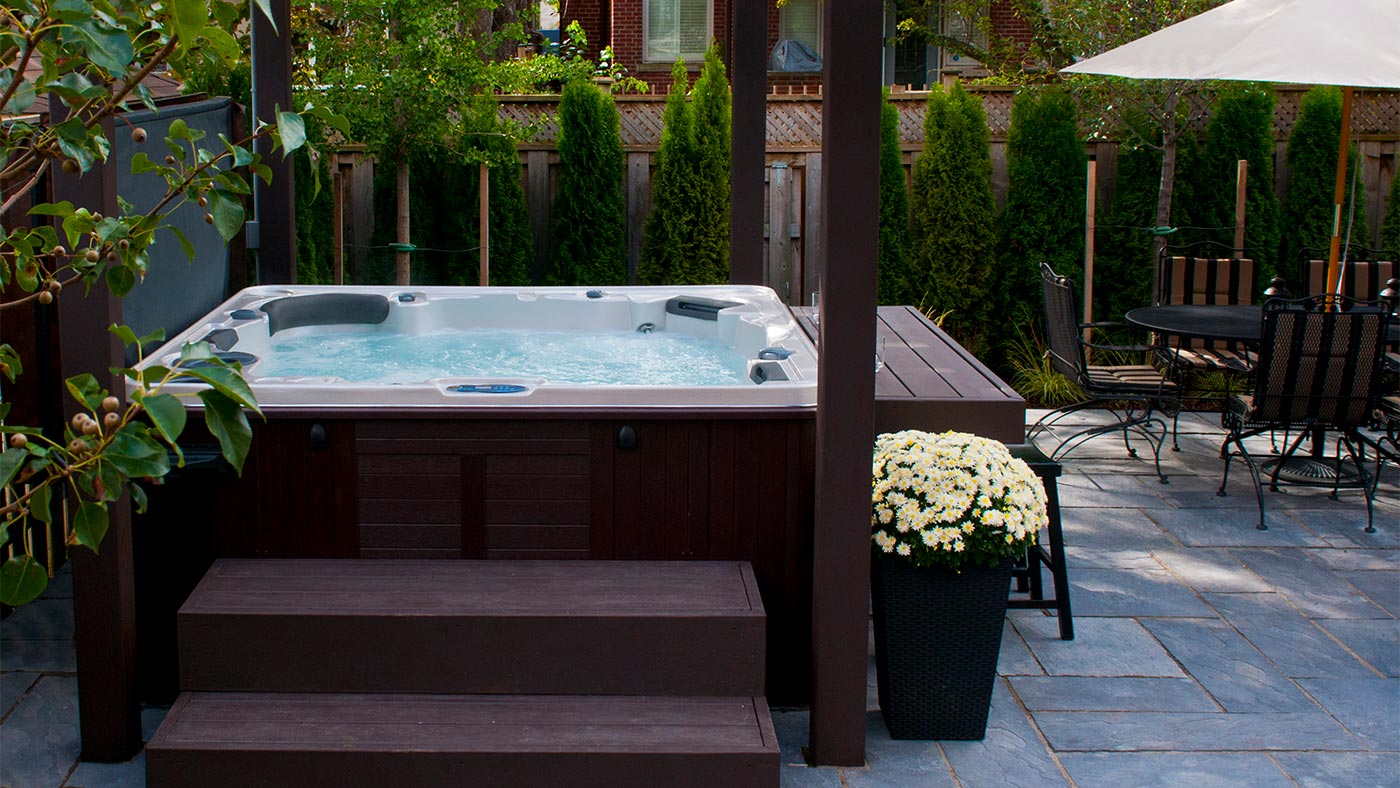

0 thoughts on “How To Make A Wooden Hot Tub”